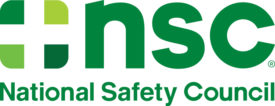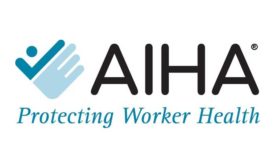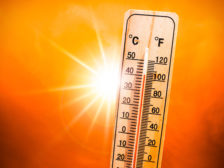Workplace Health
A trainer for the industrial athlete
Sports trainer brings his expertise to construction, manufacturing, first responders and utilities industries, where physically demanding work takes a toll
June 10, 2021
Heat hazards can be deadly
Technology helps protect against powerful summer sun
June 2, 2021
Never miss the latest news and trends driving the safety industry
eNewsletter | Website | eMagazine
JOIN TODAYCopyright ©2024. All Rights Reserved BNP Media.
Design, CMS, Hosting & Web Development :: ePublishing








